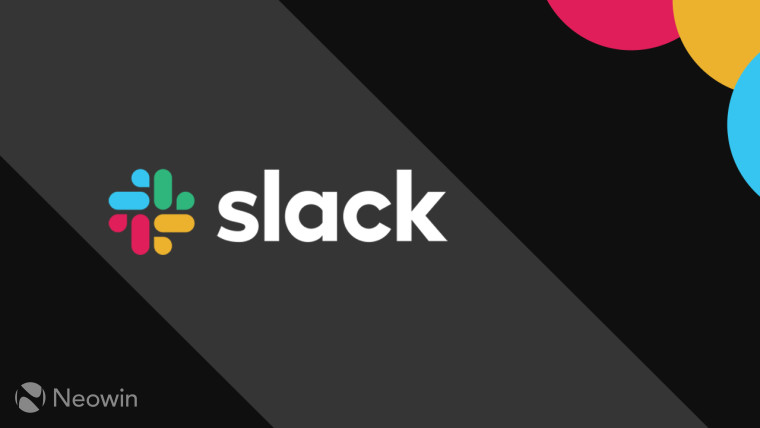
In mid-May, Slack caused an outcry among customers over its practices. The company was accused of allegedly training its AI and machine learning models with sensitive user data such as messages and files.
The reports were based on information stated in the company’s privacy policy documentation, where Slack literally states:
“Machine learning (ML) and artificial intelligence (AI) are useful tools that we use in limited ways to enhance our product mission. We do not develop LLMs or other generative models using customer data. To develop non-generative AI/ML models for features such as emoji and channel recommendations, our systems analyze Customer Data (e.g. messages, content and files) submitted to Slack as well as Other Information (including usage information) as defined in our privacy policy and in your customer agreement.“
This unfortunate wording implies that the company is indeed reading the contents of transmitted messages and attachments and using this content to train its models to improve some of the app’s features. Additionally, using customer data to train artificial intelligence is becoming an unpleasant trend in the tech world, so such a practice wouldn’t come as a huge surprise.
However, in response to Neowin’s questions, Slack assured that it is not scanning message content to train AI models:
“Slack has used machine learning for other intelligent features (like search result relevance, ranking, etc.) since 2017, which is powered by de-identified, aggregate user behavior data. These practices are industry standard, and those machine learning models do not access original message content in DMs, private channels, or public channels to make these suggestions.”
Slack also clarified what kind of data might be used to train its “global models”:
- A timestamp of the last message sent in a channel can help Slack recommend channels to archive.
- The # of interactions between two users is incorporated into the user recommendation list when a user goes to start a new conversation.
- The # of words overlapping between a channel name and other channels can inform its relevance to that user.
The company adds that it uses industry-standard, privacy-protective machine-learning techniques, and the data won’t leak across workspaces, specifying that it does not build or train ML models in a way that allows them to “learn, memorize, or reproduce customer data.”
A separate negative reaction in customers was sparked by Slack"s use of the aforementioned data on an opt-out basis. Additionally, there is no simple toggle in the settings to opt out. Instead, the customers are mandated to use a more traditional and bothersome way of writing an opt-out e-mail to feedback@slack.com.
Slack didn’t respond to Neowin’s questions about the opt-out and didn’t specify why the company chose this approach or why there is no toggle for a quick opt-out.
Lastly, to make things even more confusing, the company also offers Slack AI add-on, a separate product. However, this generative AI add-on is based on third-party large language models (LLMs) – not developed or trained by Slack and its customers’ data.